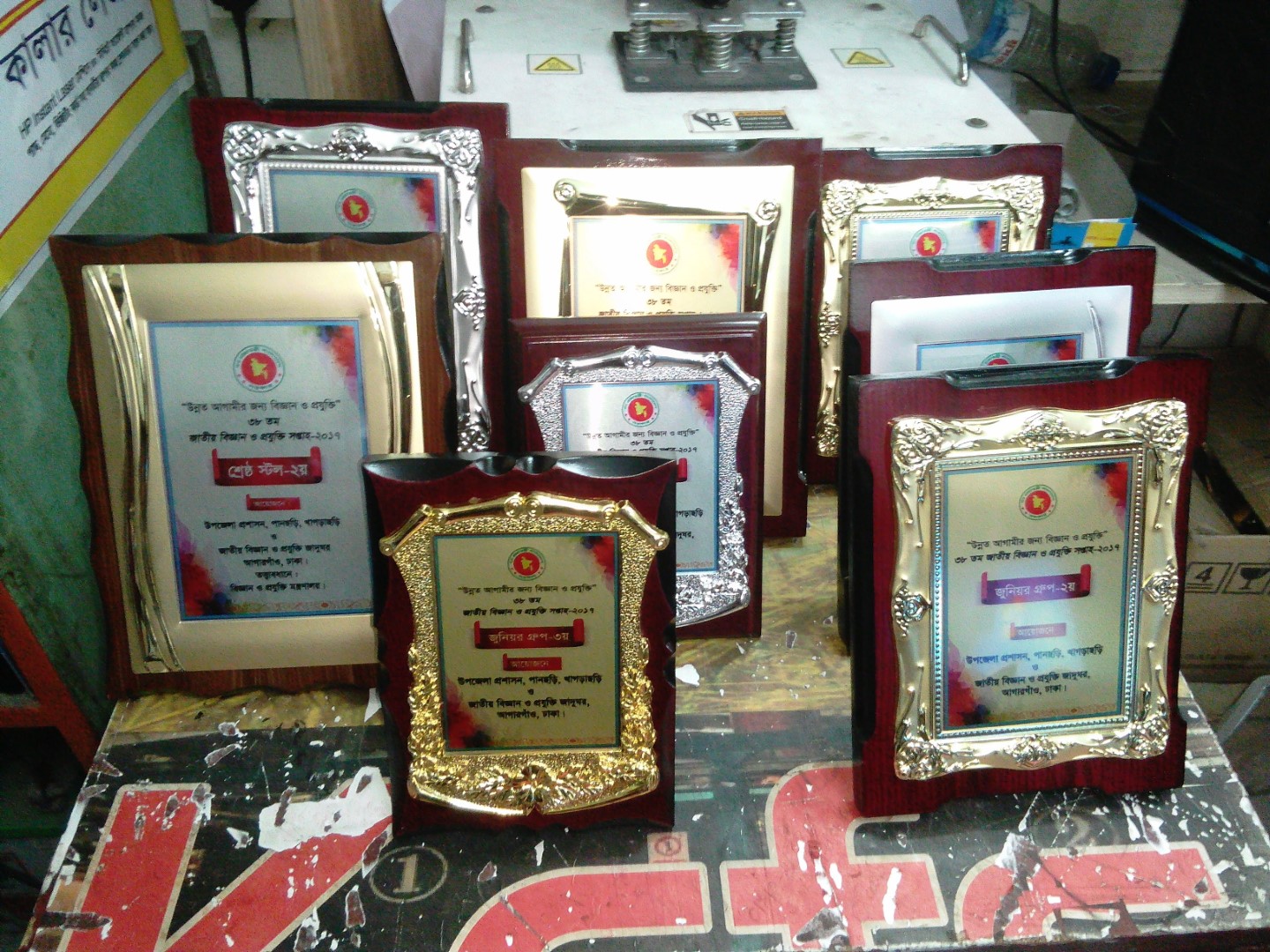
Wooden Creast
Creating a Crest: Symbolizing Identity, Values, and Aspirations
A crest is a powerful and time-honored tradition that has been used throughout history to represent individuals, families, organizations, institutions, and even entire nations. Often crafted as a unique combination of symbols, colors, and designs, a crest serves as a visual emblem that encapsulates the essence of its bearer, reflecting their identity, values, and aspirations.
Designing a crest is both an art and a science. It requires a skilled balance between aesthetics, symbolism, and historical significance. Here's a step-by-step look at the process of creating a crest:
-
Research and Understanding: The first and essential step in crafting a meaningful crest is to gather information about the entity it will represent. This includes understanding its history, culture, values, achievements, and future goals. Whether it's for a family, a company, a sports team, or a school, the crest should embody the unique essence of that particular entity.
-
Symbolism and Iconography: Every element in a crest holds symbolic significance. The designer must choose symbols that represent the core values and attributes of the entity. For example, a lion may signify courage and strength, while a book might represent knowledge and learning. Symbols can be derived from historical references or cultural imagery to add depth to the crest's meaning.
-
Colors and Aesthetics: Color plays a crucial role in crest design. Different colors evoke distinct emotions and associations. For instance, blue may symbolize trust and stability, while gold often represents wealth and success. The designer must consider the desired emotional response and incorporate colors accordingly. Simplicity is often preferred, as it ensures the crest remains visually striking and recognizable.
-
Shield or Shape: Traditionally, crests are enclosed within a shield or another geometric shape. The shape adds structure and coherence to the design while giving a nod to the historical use of shields for identification and protection.
-
Typography: Including text in a crest is common, especially when representing institutions or organizations. The typography should be carefully chosen to complement the overall design and reflect the entity's character. A motto or name might accompany the crest, adding to its narrative.
-
Iterative Design Process: Crafting a crest is rarely achieved in a single attempt. Designers usually go through multiple iterations, refining and perfecting the elements until the desired result is achieved. Feedback from the entity and stakeholders is crucial in this process.
-
Digital Rendering and Application: Once the final design is approved, it is essential to create a digital rendering that can be used in various applications, such as stationery, websites, merchandise, and flags. Modern graphic design software allows for versatile usage and scaling of the crest while maintaining its integrity.
-
Preservation and Heritage: For family crests or crests representing long-standing institutions, it is vital to ensure the design's preservation and accuracy over time. This may involve registering the crest with relevant authorities to protect it from misuse or unauthorized alterations.
In conclusion, creating a crest is a journey that delves into the heart of an entity's identity. It's a fusion of art, history, and symbolism, resulting in a timeless representation of the values and aspirations held dear by those it represents. Whether emblazoned on a shield, embroidered on a uniform, or displayed on official documents, a well-crafted crest stands as a proud emblem of heritage and unity for generations to come.